
Yann GAVET
Dr. HDR
Ecole Nationale Supérieure des Mines de Saint-Etienne
Dr. HDR
Ecole Nationale Supérieure des Mines de Saint-Etienne
Internet databases
Modelisation and simulation of surfaces, mosaics and textures
Voronoi diagrams are classically used to model mosaic patterns (like grains or cells). In the CorImMo 3D project (ANR TecSan 2012),
the study of random fields allows us to randmly determine germs as well as distances to generate a spatial partition of the 2D or 3D space.
The concepts and tools are based on:
- random fields theory (covariance function, statistical moments including the skewness and kurtosis)
- integral geometry (e.g., Minkowski functionals: area, perimeter and connectivity number for 2D fields; volume, surface area, mean breadth and connectivity number for 3D fields)
- and mathematical morphology (e.g., openings and closures, skeletons, watersheds, granulometry).

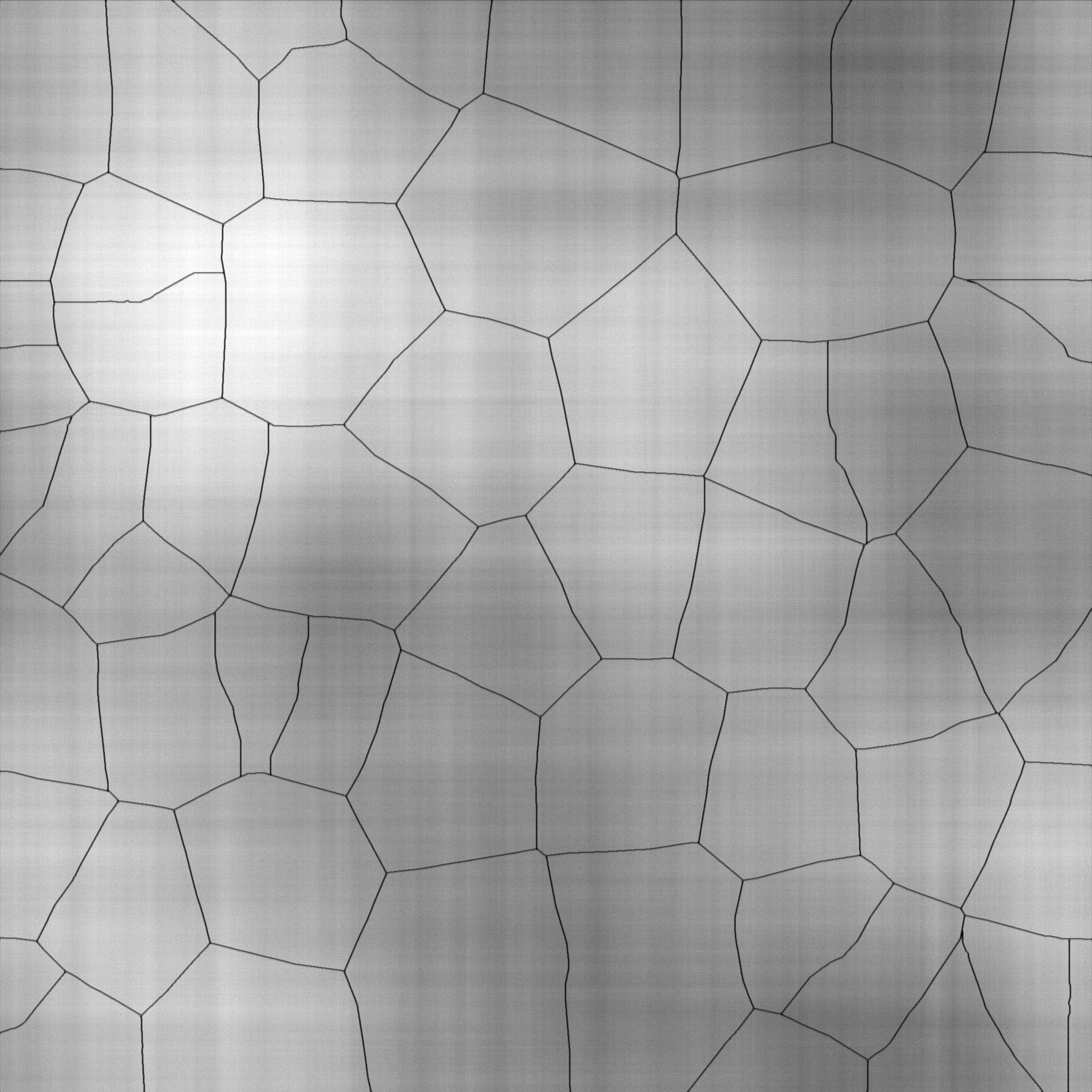
Mosaics
The corneal endothelium is constituted of non-regenerative cells. We have proposed:
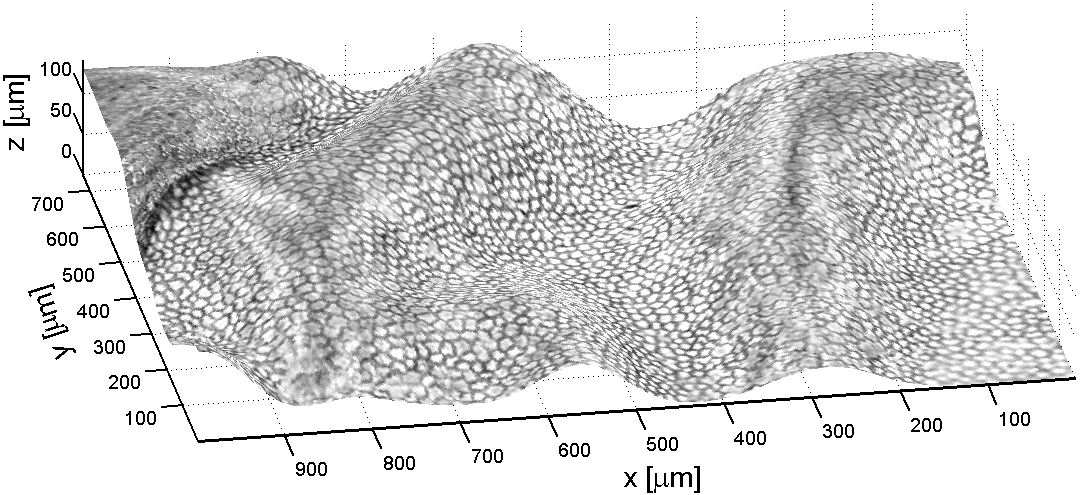
- Segmentation methods based on human visual properties (Gestalt and Marr theories)
- Segmentation evaluation tool, called epsilon dissimilarity criterion, tolerant to visual and spatial variations
- 3D Reconstruction method (shape from focus), applied to corneal endothelium.

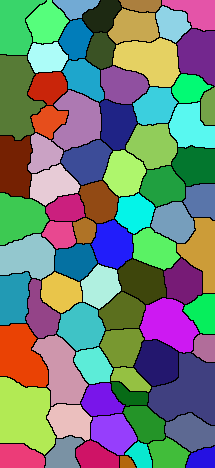
 http://orcid.org/0000-0002-2248-8938
http://orcid.org/0000-0002-2248-8938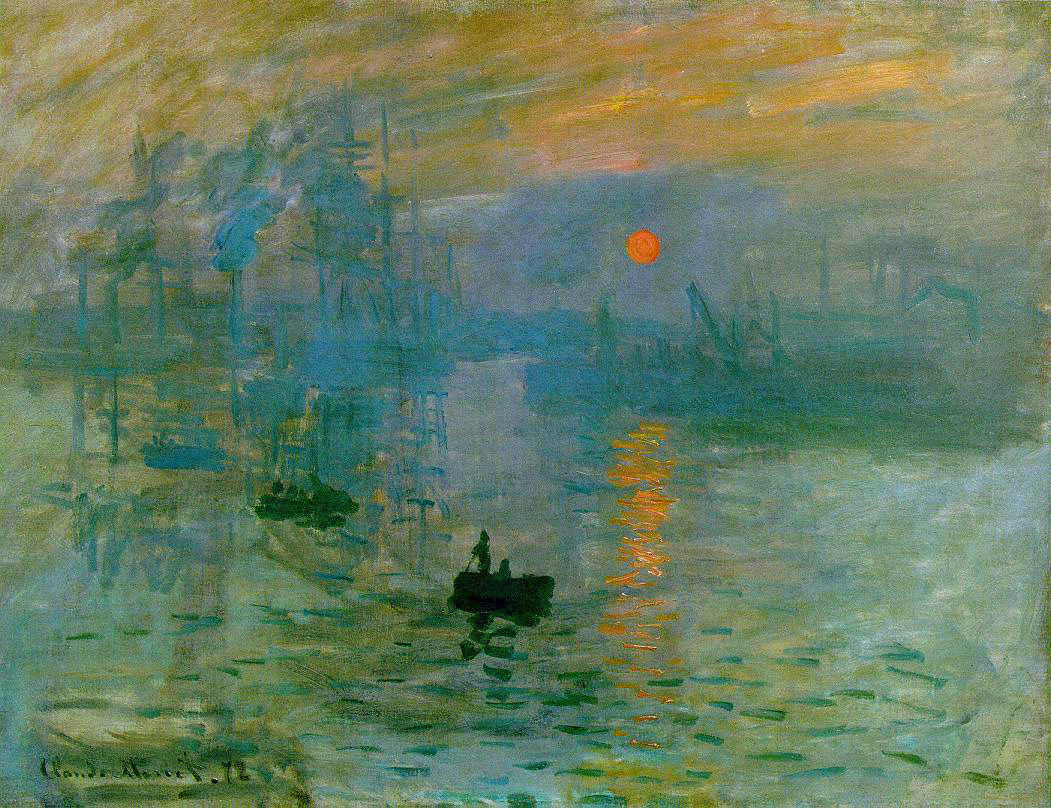 Claude Monet: impression au soleil levant.
Claude Monet: impression au soleil levant.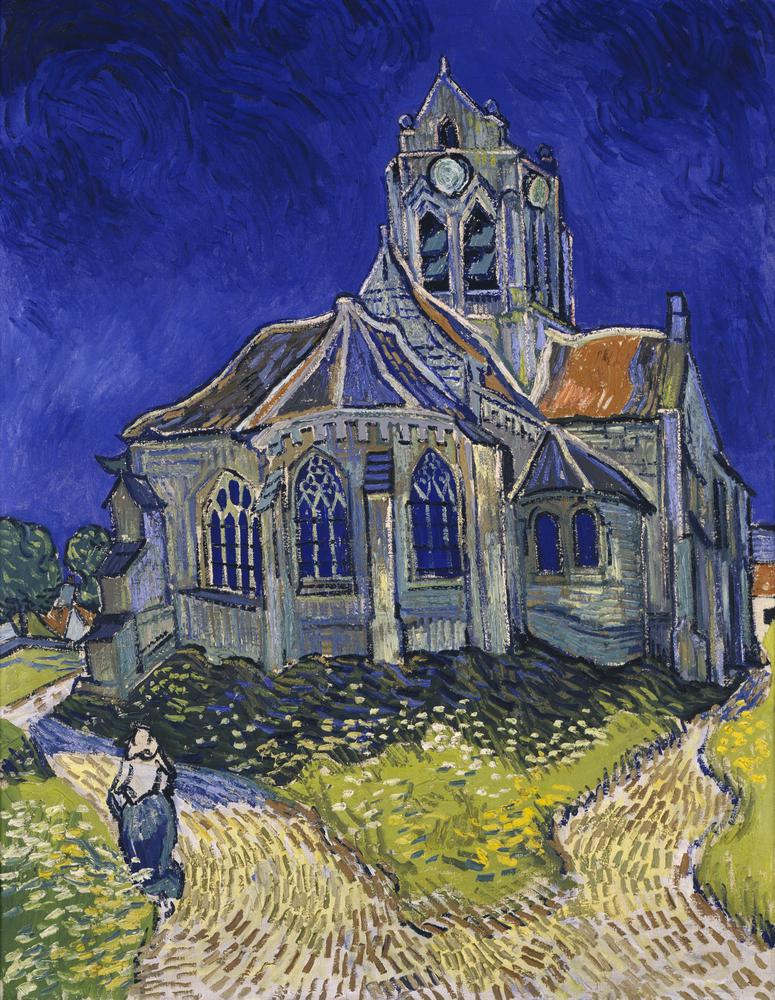 Van Gogh: l'Eglise d'Auvers sur Oise
Van Gogh: l'Eglise d'Auvers sur Oise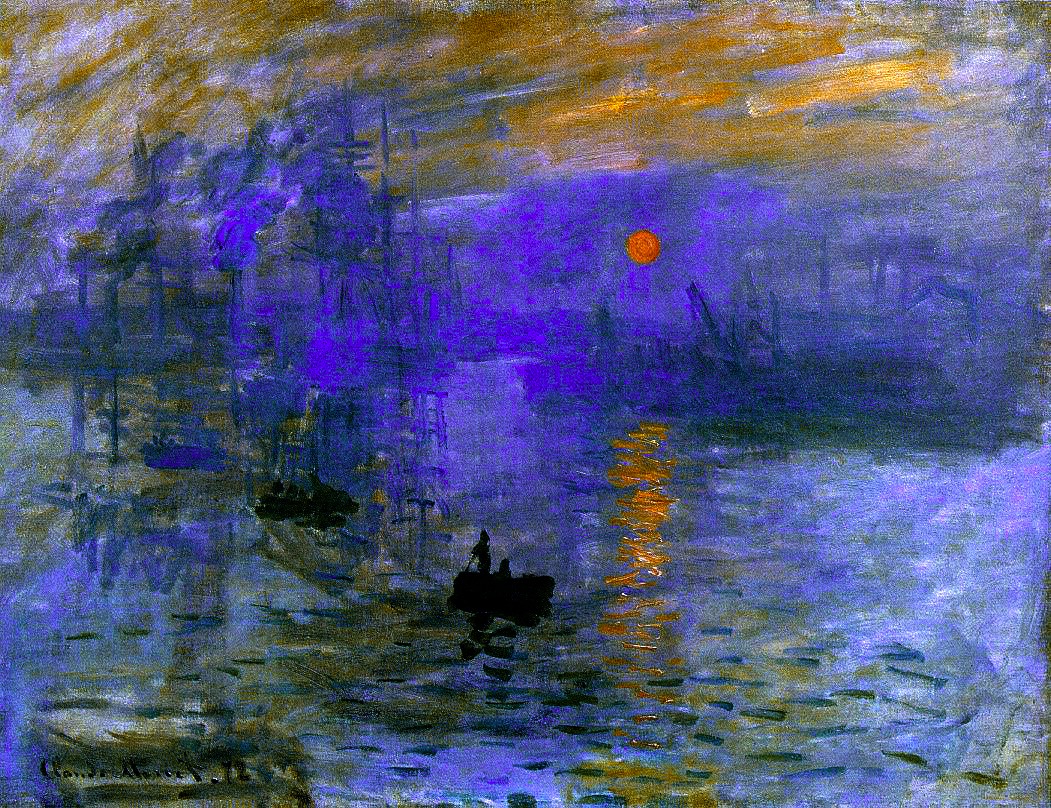 Color transfer.
Color transfer.